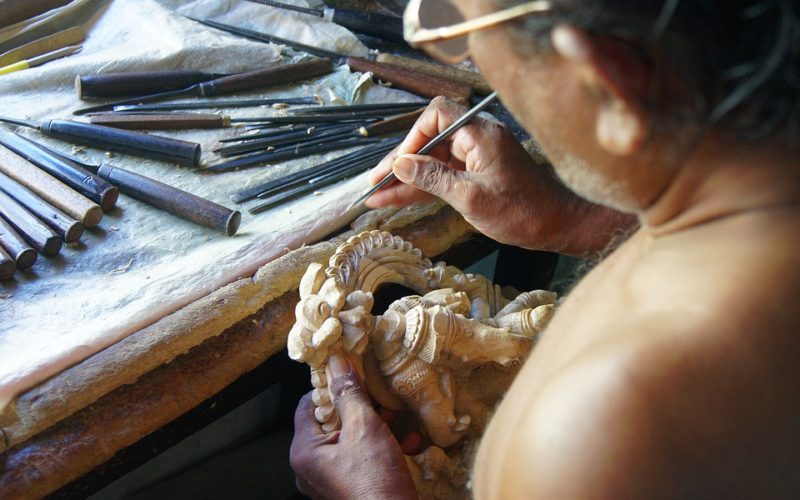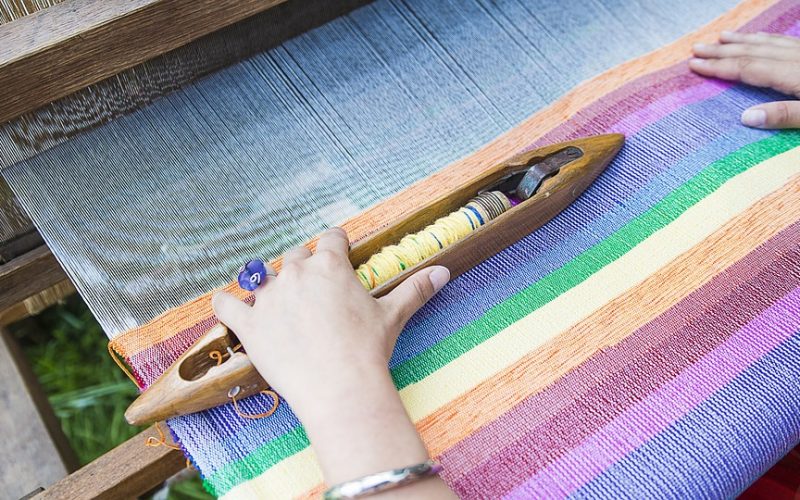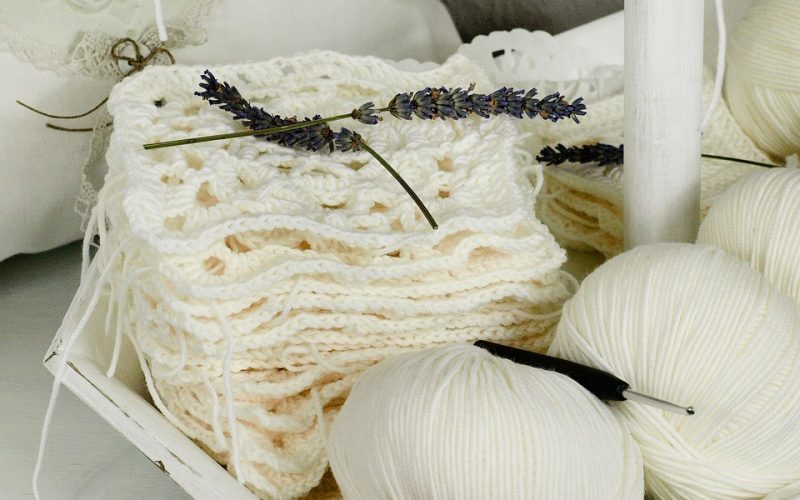Pottery making is one of humanity's oldest crafts, combining artistry and practicality to create objects that have spanned centuries. From its earliest beginnings to modern-day innovations, pottery tells the story of human advancement. It represents cultural expression, regional techniques, and a shared reverence for materials.
The origins of pottery making
Pottery dates back to prehistoric times, with its earliest evidence found in East Asia around 18,000 years ago. Early humans crafted rudimentary vessels from clay, primarily for storing food and water. These simple, hand-moulded creations began as functional items but soon became canvases for artistic expression. The advent of firing techniques revolutionised early pottery, making it more durable and versatile.
Over time, pottery became a significant aspect of culture. Civilisations like the Greeks and Romans elevated the craft by blending aesthetic beauty with utility. Their advances in technology, including the use of potter's wheels, expanded the scope and scale of production. With each passing era, pottery reflected the values, beliefs, and artistic trends of its makers.
Pottery techniques across time
Different methods have defined how pottery is crafted. Hand-building—one of the oldest techniques—involves shaping clay entirely by hand through pinching, coiling, or slab-building. This process remains a go-to for potters aiming for an organic aesthetic or unique form.
The invention of the potter's wheel, estimated around 3,000 BCE in Mesopotamia, marked a major turning point. The wheel allowed for the creation of more uniform and intricate designs. Later, techniques like slip casting and moulding emerged, offering alternative ways to mass-produce pieces. Despite these developments, many artisans today continue to favour manual techniques, a nod to the deep-rooted traditions of pottery.
Materials that define pottery
The materials used in pottery-making have evolved considerably over time, varying based on region and availability. Clay has always been the foundation of the craft, but its composition and additives have changed. For example, china clay, primarily kaolinite, is a fine white clay that is key to making porcelain. This material lends porcelain its delicate appearance yet robust structure.
Silica sand is another integral component, enhancing the strength and heat resistance of pottery. It plays a crucial role in preparing clays and glazes. Meanwhile, modern environmental concerns have encouraged the use of innovative materials such as recycled glass in pottery glazes. This not only reduces waste but introduces unique finishes to ceramic pieces.
Cultural significance and artistic legacy
Throughout its history, pottery has captured the soul of civilisations. The decorative motifs on ancient Greek amphorae depict myths and daily life, while Chinese pottery represents innovation with the development of fine porcelain during the Tang and Song Dynasties. African pottery, too, demonstrates a wealth of cultural diversity, where hand-crafted designs often symbolise status, spirituality, or utility.
The spread of pottery techniques and designs through trade routes like the Silk Road profoundly influenced cross-cultural exchange. For instance, Persian and Islamic designs found their way to Europe, giving rise to unique hybrid styles. Even in contemporary settings, pottery remains a respected art form that bridges tradition with modern stylistic trends.
Pottery in modern times
The craft of pottery continues to thrive, blending age-old techniques with modern innovations. Today, sustainability shapes much of the industry. The use of materials like recycled glass demonstrates how potters adapt to environmental challenges while pushing creative boundaries. Digital tools such as 3D modelling also introduce new dimensions to ceramic design, enabling more experimentation with form and texture.
Handcrafted pottery remains a popular choice among consumers seeking authenticity and quality over mass production. Artisans worldwide showcase the enduring appeal of pottery at fairs, galleries, and online markets. This resurgence reflects humanity's continued admiration for this timeless craft.
A living legacy
From hand-building techniques in ancient times to the sustainable practices of today, pottery captures our ability to merge creativity with utility. Every form, glaze, and material—from silica sand to china clay—tells a story of innovation and artistry. While the tools and methods may have evolved, the essence of pottery-making remains the same. It is a celebration of what we can create with our hands, the earth, and our imagination.








